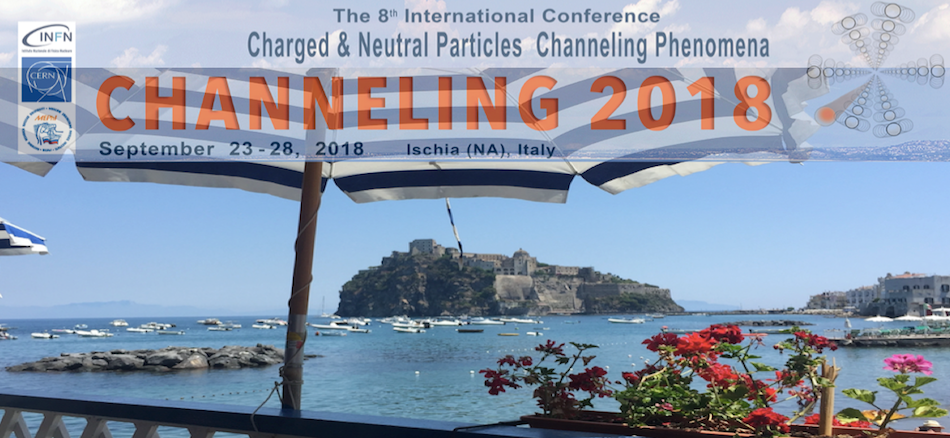Speaker
Dr
Francesca Galluccio
(INFN-NA)
Description
The UA9 experiment is installed in the CERN SPS since 2009 with the aim of investigating the coherent interaction of high energy particle beams with crystalline materials, and ultimately of demonstrating the feasibility of crystal-aided beam halo collimation in high energy particle colliders such as the LHC.
Recently the scope of the UA9 experiment has been extended to new investigations implying even more challenging methods to manipulate beams by means of bent crystals.
In view of the proposed Beam Dump Facility (BDF-SHiP) at the SPS, the reduction of the extraction-induced activation of the accelerator becomes of paramount importance.
Among several options, the use of bent crystals in different configurations is being studied to minimize particle loss at the electrostatic septum. The first encouraging experimental results of a crystal-aided stochastic non-local slow extraction are shown here.
In the framework of the “Physics Beyond Colliders” Study Group at CERN, experiments have been proposed that make use of two bent crystals in series. The first crystal should steer part of the beam halo towards an in-pipe target; whilst the second crystal, just after the target, should channel the produced short-lived baryons in order to make their spin precess, thus allowing the measurement of their polarization.
In order to investigate the feasibility of this double-crystal scenario, the UA9 layout in the SPS has been modified and the number of detectors has been increased, with the aim of evaluating the efficiency of the double-channeling process and the relative background.
A description of the modified apparatus is given and preliminary experimental results are presented.
Summary
On behalf of the UA9 collaboration
Author
Dr
Francesca Galluccio
(INFN-NA)

